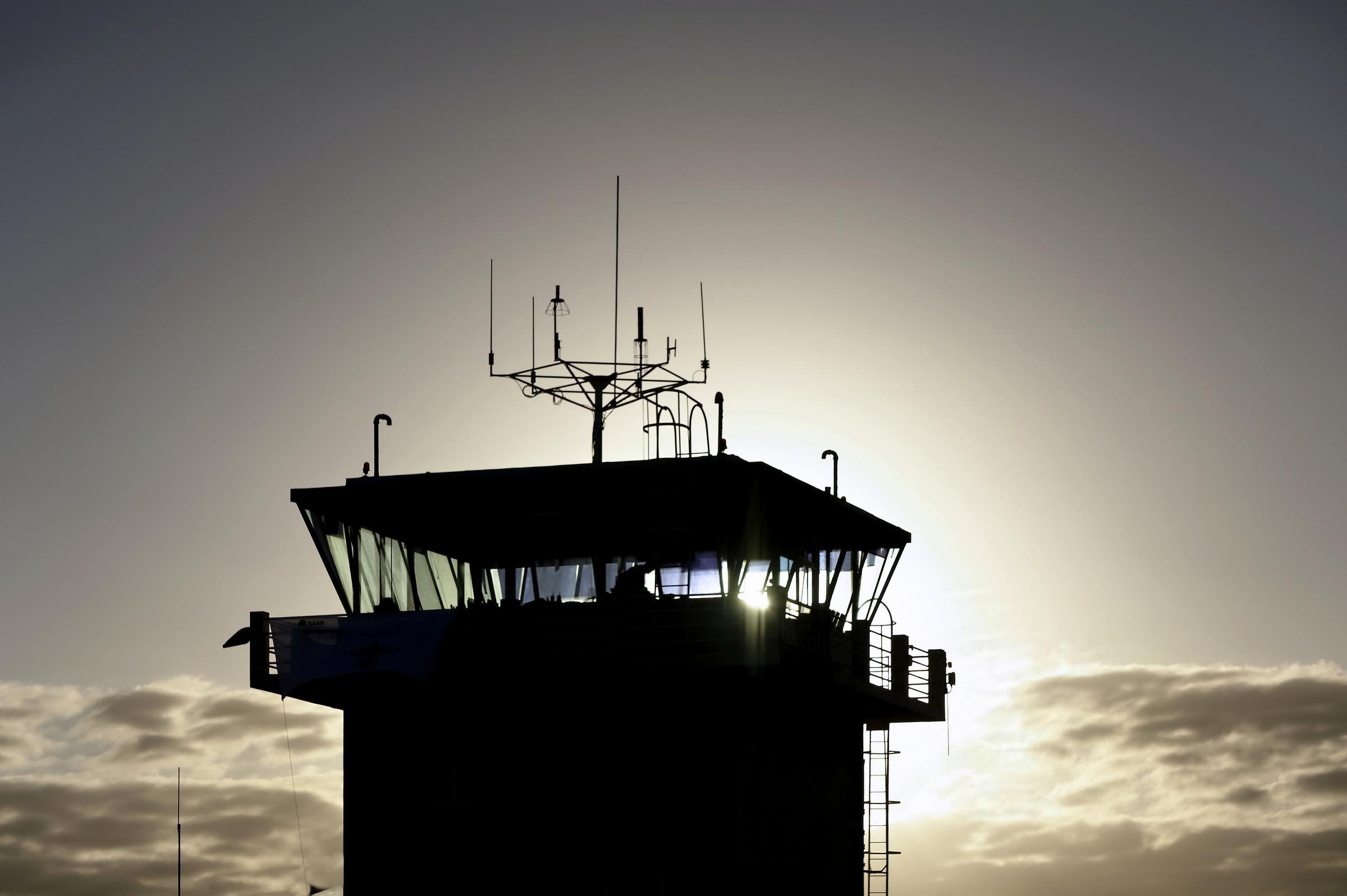
Transportation Department Reveals Air Traffic Control Modernization Strategy
The U.S. Department of Transportation proposes a comprehensive upgrade of air traffic control systems, introducing advanced technologies to enhance safety and efficiency.
The U.S. Department of Transportation has outlined a modernization strategy for air traffic control that aims to enhance the nation’s infrastructure with cutting-edge fiber, wireless, and satellite technology.
The department’s objective is to revamp the technology utilized in air traffic control towers nationwide, addressing outdated systems that are in need of upgrade.
Key Features of the Proposal
The new air system plan introduced by Secretary Sean Duffy includes:
- Installation of 25,000 new radios
- Replacement of over 600 radars that have exceeded their lifecycle
- Enhancement of communication methods involving fiber, wireless, and satellite technology
This initiative seeks to improve monitoring and communications across 4,600 air traffic control facilities across the United States.
Duffy emphasized the need for state-of-the-art equipment to foster clarity and reliability, which are crucial for managing the increasing volume of air traffic. The full proposal indicates that this transition, targeting the replacement of over 25,000 radios, is essential for enhancing controller-pilot communication, minimizing delays, and meeting global aviation benchmarks.
Additionally, the plan suggests the establishment of six new Air Traffic Control Centers and the construction of 15 new control towers by Fiscal Year 2028.
Kevin Burke of the Airports Council International praised the proposed strategy, acknowledging its potential to ensure safety and address efficiency challenges in the aviation system. Burke lauded the efforts by President Trump, Secretary Duffy, and Congress for prioritizing safety and anticipating the significant collaboration needed from all aviation stakeholders to realize this comprehensive initiative.
The updates are contingent upon execution between the years 2025 and 2028, with many projects expected to be completed by 2027, ultimately aiming for a considerable improvement in the safety and efficiency of air travel.
